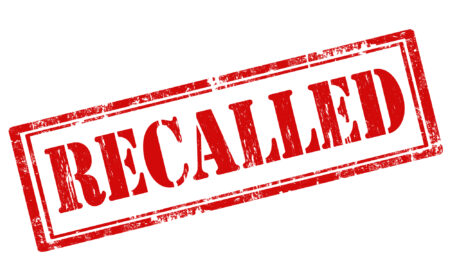Among providers and suppliers, there is a fairly consistent understanding about how the Unique Device Identifier (UDI) mandate from the FDA is impacting the way medical devices (class III, II and I) are already being labeled or are going to be labeled by 2018. We know, for example, that by 2018 all medical devices in hospitals will be labeled with a product identifier, a lot or serialized number, and a standard expiration date.
Many healthcare professionals, however, are unsure about what it means for hospitals and how they can take advantage of it for the improvement of their own operations. Most providers are looking forward to having products come through their supply chain that will adhere to standard labeling that will increase their ability to track and recall products as well as document them with better accuracy at the point of care, thereby improving electronic medical records. Nevertheless, many hospitals have doubts that they, as an organization with their different systems, whether for materials management, clinical documentation, billing or patient records, are really capable of handling UDI-compliant data.
At VUEMED’s Focus Group held recently at the IDN Summit in Orlando, representatives of diverse hospitals and hospital groups shared their internal struggles and lack of awareness about the efficiency possibilities and quality improvements that UDI adoption inside their organizations could provide them with. UDI has the ability to improve transactions throughout the supply chain from the manufacturers all the way to the patients, by providing manufacturers with a means to track individual units from their labelling stage all the way to their customers and beyond if they pair such standards with the right reporting technology. For hospitals, it provides a standard that they could adopt to track each SKU and within each SKU, each unit, from the point of entry to the point of use in their MMIS, clinical documentation, and billing systems, using the same unique identifier.
This is an incredible opportunity to finally standardize documentation and reporting throughout the hospital. Today, because there are so many systems using different ways to identify the same product, having the capability to mine the data and follow a product throughout the supply chain all the way to the procedure room is very challenging and full of obstacles. It is a vast undertaking for hospitals to normalize their product IDs throughout all their systems. UDI offers such a unique chance to capitalize on a standard that flows from the FDA all the way to the patient and beyond.
The main problem remains the ability to leverage the UDI, once implemented, throughout the healthcare supply chain. This is where there is a need to ensure that the UDI can be captured efficiently and accurately in all the systems that require supply data for one purpose or another. The FDA is promoting adoption of UDI standards through the use of barcodes and RFID, either one of which can adequately capture the information. The use of barcodes, however, depend on human intervention to scan a product, and as subject to human compliance prone to errors.
Could RFID be the technology solution that, when paired with UDI standards, transforms the healthcare supply chain and product usage documentation? It certainly allows hands-free capture and tracking of individual units with uncompromised accuracy. Most participants at our Focus Group were excited at the prospect of a standards-based solution that would automate documentation and make data mining very easy with full correlation between systems on products. They admitted that although RFID seems to be the most effective manner to improve their supply chain operations and clinical documentation using UDI standards, there is a lack of incentive within their organizations due to the fact that there is no mandate forcing hospitals to act, which thus leaves the decision to embark on such a transformation journey in the hands of their executive teams. They felt that there needs to be greater awareness about the tremendous benefits that a UDI compliant RFID solution offers hospitals.
Learning that manufacturers are actively engaging in RFID and becoming educated about the tremendous ROI opportunities for hospitals seem to be two critical factors in advancing such a project. Adoption by manufacturers is a critical factor as it places the burden on tagging products on them and makes it easier for hospitals to consider an RFID-driven UDI capture solution. Many misconceptions about RFID were brought forth including, safety, limitations, and cost. Learning that the FDA has approved RFID technology in healthcare and the differences between High Frequency and Ultra High Frequency technologies as well as the differences between passive and active RFID were important pieces of information for participants when thinking over the realm of possibilities for their own organizations.
Not all RFID technologies are equal. UHF passive Gen2 RFID technology offers a more flexible and scalable approach than any other as it is not confined to specialized cabinets and can seamlessly track consumables, assets and people. The cost element was critical too, and given that an UHF passive Gen2 RFID installation represents a fraction of the cost of alternate RFID technologies, as well as provides a much more attractive ROI, was a very important consideration for the Focus Group participants.





